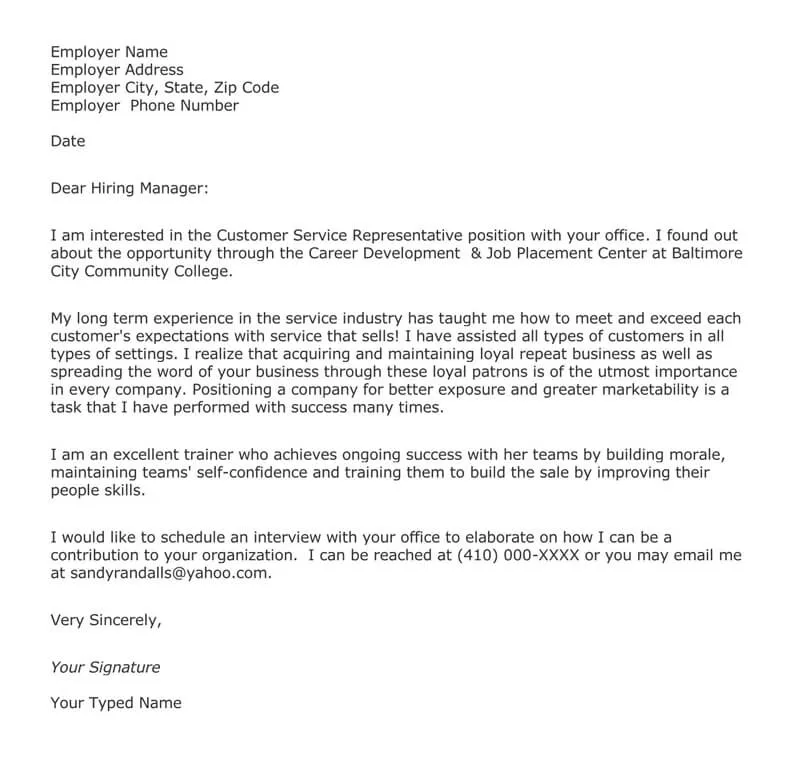Why Attach a Cover Letter in an Email
In today’s digital age, the way we apply for jobs has fundamentally changed. One of the most significant shifts is the prevalence of email as the primary method for submitting applications. When applying for a job via email, attaching a cover letter is a crucial step, as it provides an opportunity to introduce yourself, highlight your qualifications, and express your interest in the position. This seemingly small act of attaching a cover letter can significantly increase your chances of landing an interview, especially when you are competing with many other candidates. The cover letter complements your resume, offering a personalized narrative that the resume alone cannot convey.
Benefits of Including a Cover Letter with Your Email
Attaching a cover letter offers several benefits that can significantly improve your application. First and foremost, it allows you to provide context to your resume. While your resume lists your skills and experiences, the cover letter enables you to explain how those qualifications align with the specific job requirements. It gives you a chance to show your enthusiasm for the role and the company, setting you apart from candidates who might only submit a resume. A well-written cover letter demonstrates your communication skills, attention to detail, and willingness to go the extra mile. It’s an opportunity to make a positive first impression and persuade the hiring manager that you are worth interviewing.
Formatting Your Cover Letter for Email Attachment
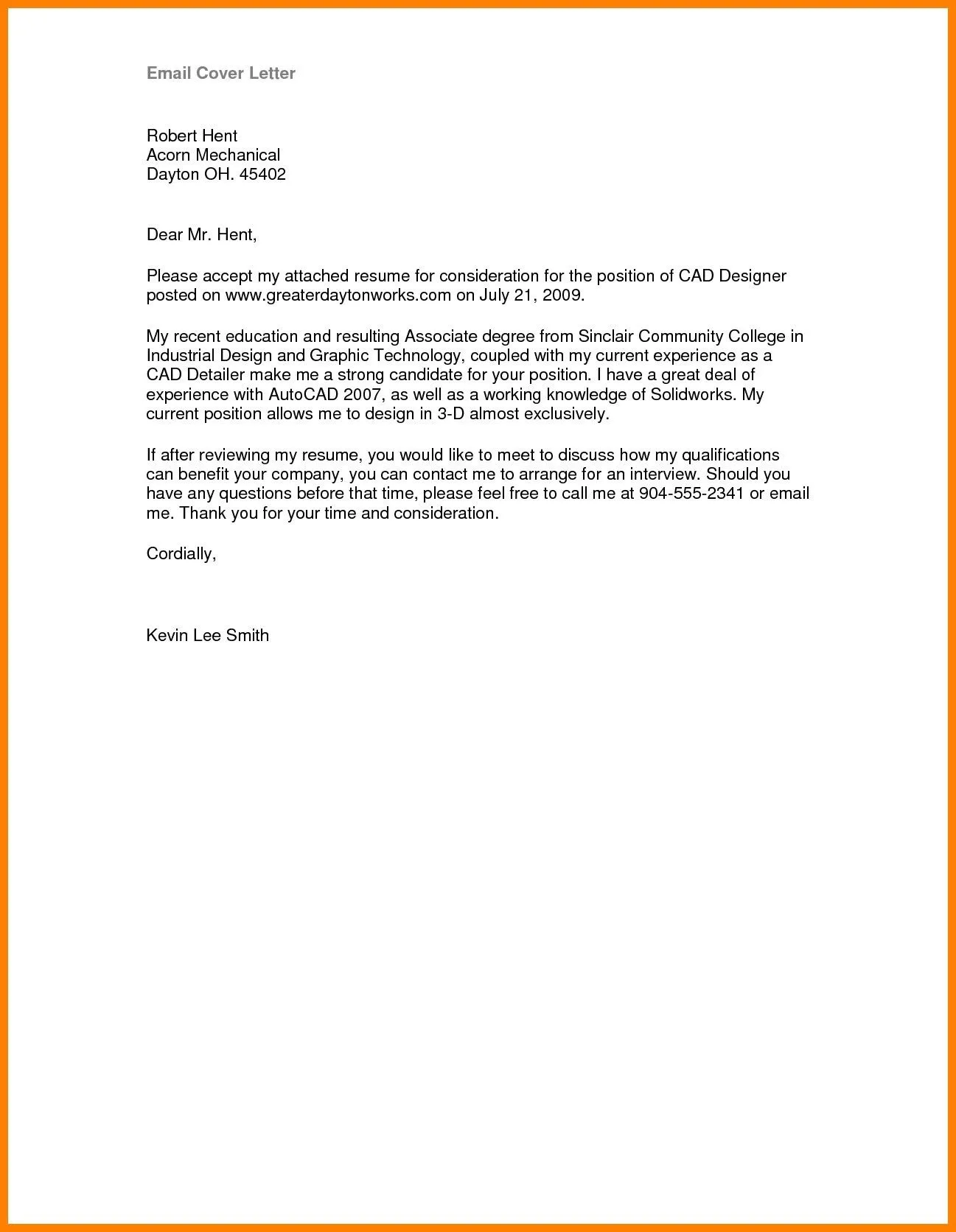
Formatting your cover letter for email attachment is key to ensuring that your application is presented in a professional and readable manner. Your cover letter should be formatted consistently to maintain its professional appearance. Use a clear, easy-to-read font like Times New Roman, Arial, or Calibri. The font size should be between 10 and 12 points for optimal readability. Ensure that the text is left-aligned with a consistent margin of 1 inch on all sides. This allows the text to sit comfortably within the document. Be concise and make sure you are getting all the key details, using bullet points to highlight important achievements or skills can enhance readability. Proper formatting not only improves aesthetics but also enhances the overall impression of professionalism.
Creating a Professional Cover Letter
A professional cover letter should immediately make a positive impact. Start with your contact information at the top, including your name, phone number, email address, and LinkedIn profile URL if you have one. Next, include the date and the hiring manager’s name and title, if known. The body of your letter should be structured with a clear introduction, several paragraphs highlighting your skills and experiences, and a concise conclusion. In the introduction, state the position you are applying for and how you found it. In the body paragraphs, demonstrate how your qualifications match the job requirements. Be sure to give specific examples to illustrate your skills. In your conclusion, reiterate your interest in the role and express your anticipation for the opportunity to discuss your application further.
File Format Selection for Cover Letter Attachment
Choosing the right file format is crucial for ensuring that your cover letter is displayed correctly by the recipient. The most commonly recommended file format is PDF (Portable Document Format). PDFs preserve the formatting of your cover letter, ensuring that it appears exactly as you intended, regardless of the recipient’s operating system or software. Word documents (DOC or DOCX) are another option. However, there’s a risk that the document’s formatting might shift when opened on a different computer. Always verify your attachment appears as intended before sending your email. Avoid using less common formats like TXT, as they don’t support rich formatting.
Choosing the Right File Format
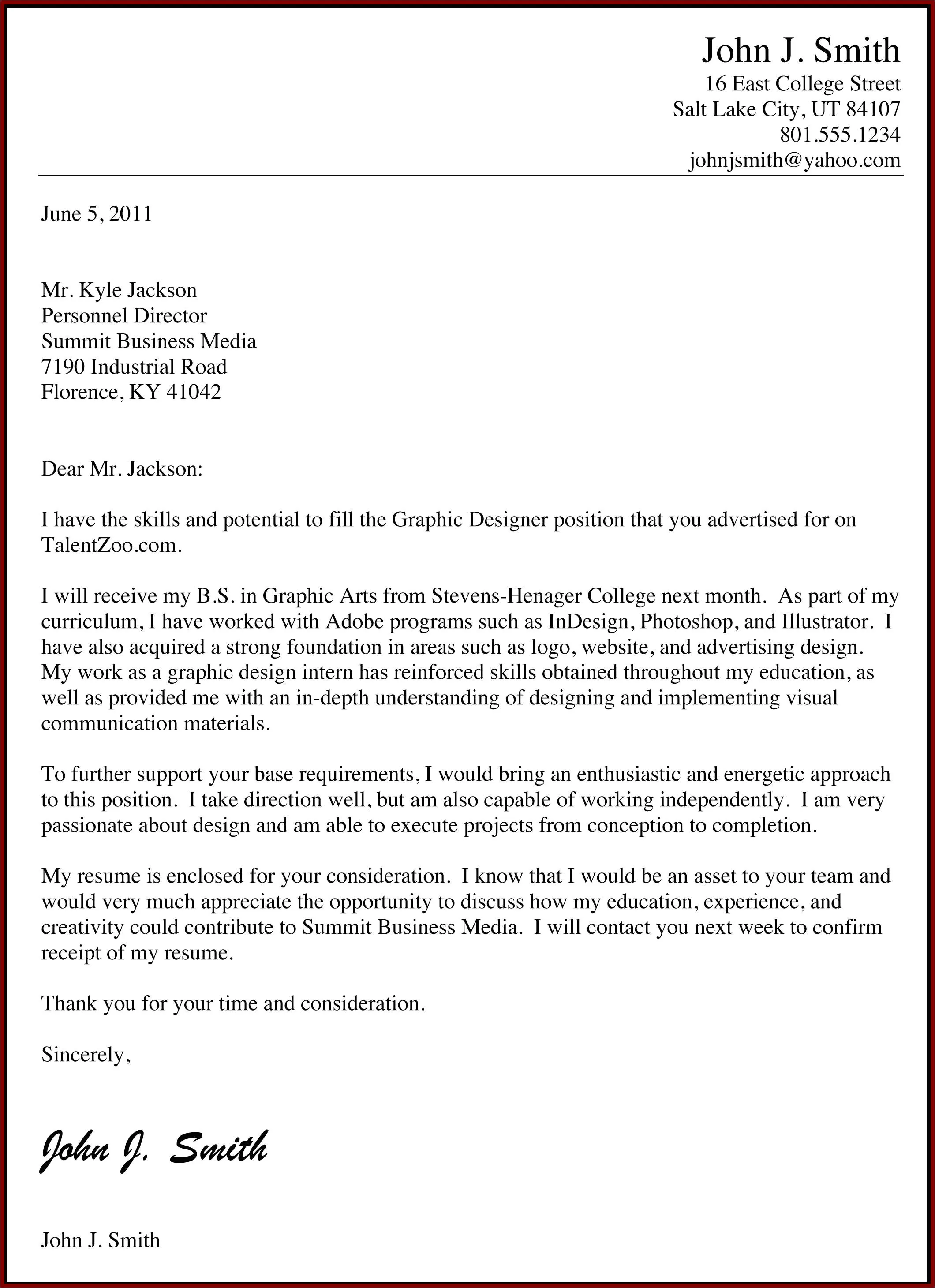
When selecting the file format, consider the compatibility and the recipient’s ability to open the file. PDFs are universal and can be opened on any device, making them the safest option for ensuring your document’s integrity. However, if the job posting specifically requests a Word document, then you should use it. Always check the job application guidelines for any format preferences. If in doubt, PDF is the best choice for preserving your formatting and presenting a polished document. Always name the file with your name and the job title to make it easy for the hiring manager to identify your application.
How to Attach the Cover Letter Step by Step
Attaching your cover letter to an email is a straightforward process. First, compose your email in a new message. In the email, include a compelling subject line and a brief introductory message in the body. Look for the ‘Attach’ or ‘Paperclip’ icon in your email interface and click on it. This will open a file explorer window, which you can use to locate your cover letter file. Select the cover letter file, then click ‘Open’ or ‘Attach’. You should see the file listed in the email, confirming that it has been successfully attached. Always double-check to make sure the correct document is attached before sending your email.
Writing a Compelling Email Subject Line
The subject line is the first thing the hiring manager will see, so it’s important to get it right. A clear and concise subject line will help your email stand out. It should include the job title and your name. For example, use ‘Application for Marketing Manager - John Doe’. Avoid vague subject lines like ‘Job Application’ or ‘Resume’. If the job posting specifies a particular subject line format, follow those instructions meticulously. A well-crafted subject line ensures that your email gets opened and read.
Drafting the Email Body
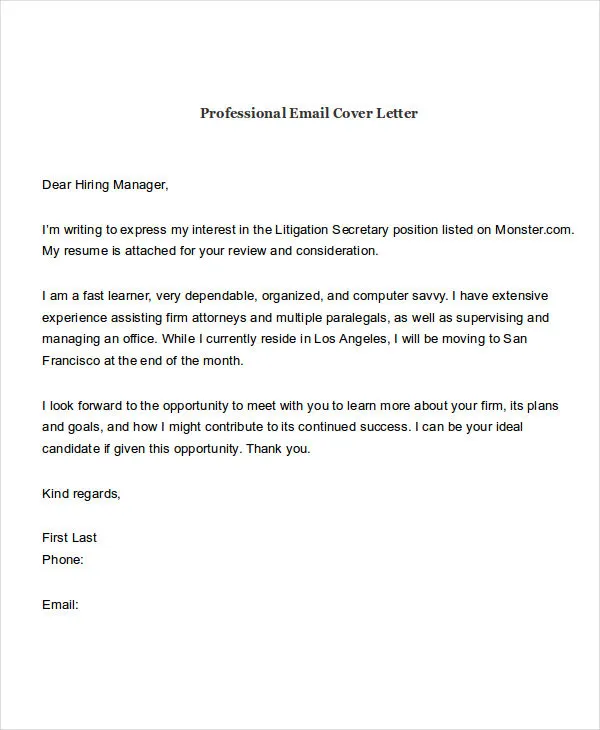
Your email body should be a concise introduction to your application, not a copy of your cover letter. Start by greeting the hiring manager or the recipient by name, if possible. Briefly mention the position you are applying for and where you saw the job posting. State that your cover letter and resume are attached and express your interest in the opportunity. You may also highlight one or two key qualifications that align with the job requirements. End with a professional closing, such as ‘Sincerely’ or ‘Best regards,’ followed by your name. Keep your email brief and to the point, making it easy for the recipient to quickly understand what you are applying for.
Proofreading Before Sending Your Email
Proofreading is a critical step that should never be skipped. Carefully review your cover letter, resume, and email before sending. Check for any typos, grammatical errors, or formatting inconsistencies. Ensure that your contact information is accurate and up-to-date. Use a grammar checker tool to catch any errors you might have missed. Ask a friend or family member to proofread your application materials for a second opinion. A polished, error-free application demonstrates attention to detail, increasing your chances of success.
Ensuring Compatibility and Avoiding Errors
To ensure compatibility and avoid errors, always use a widely accepted file format, such as PDF, as previously mentioned. Before sending your email, open the attached cover letter and resume on different devices and check that they are displayed correctly. Verify that all links and contact information are working. Send a test email to yourself to see how your application appears in your inbox. Double-check that the file names are correct and professional. Addressing these aspects minimizes the risk of technical issues that could derail your application.
Tips for Optimizing Cover Letter Attachments
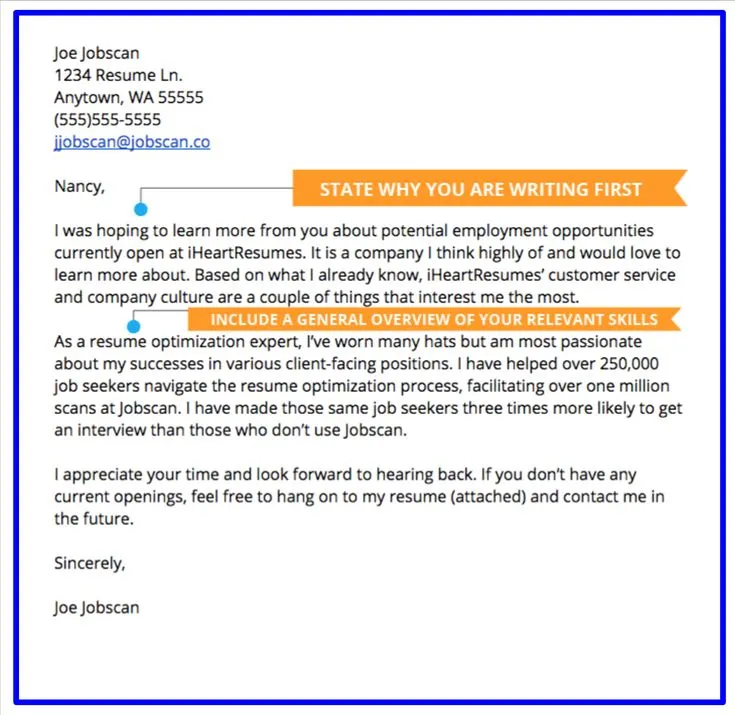
Optimizing your cover letter attachments involves several key strategies. Ensure the file name includes your name and the job title to ensure clear identification. Keep the file size manageable, as some email providers have size restrictions. Use a clear and concise subject line in your email. When sending a PDF, make sure it is optimized for the web to reduce the file size. If you are asked to submit your application through an online job portal, follow their specific instructions for attaching files. Consider using a professional email signature that includes your contact information and links to your LinkedIn profile. These steps can help make your application stand out.
Best Practices
Adhering to best practices can boost your chances of success. Always tailor your cover letter to each job application, highlighting the most relevant skills and experiences. Proofread your documents carefully to avoid errors. Use a professional tone and formatting. Make sure your email subject line is clear and concise. When attaching your cover letter, always include a brief, tailored email body. Keep file sizes small and follow the instructions provided in the job posting. These practices collectively contribute to a strong and compelling application.
Common Mistakes to Avoid
Several mistakes can hurt your chances of success. Sending a generic cover letter that isn’t tailored to the specific job will do. Don’t include too much information. Avoid grammatical errors, typos, or poor formatting. Never send attachments in incompatible file formats or with unclear file names. Don’t forget to proofread before sending. Don’t include an overly long email body or skip a subject line. By avoiding these common mistakes, you can ensure your application is as effective as possible.
Handling Technical Issues
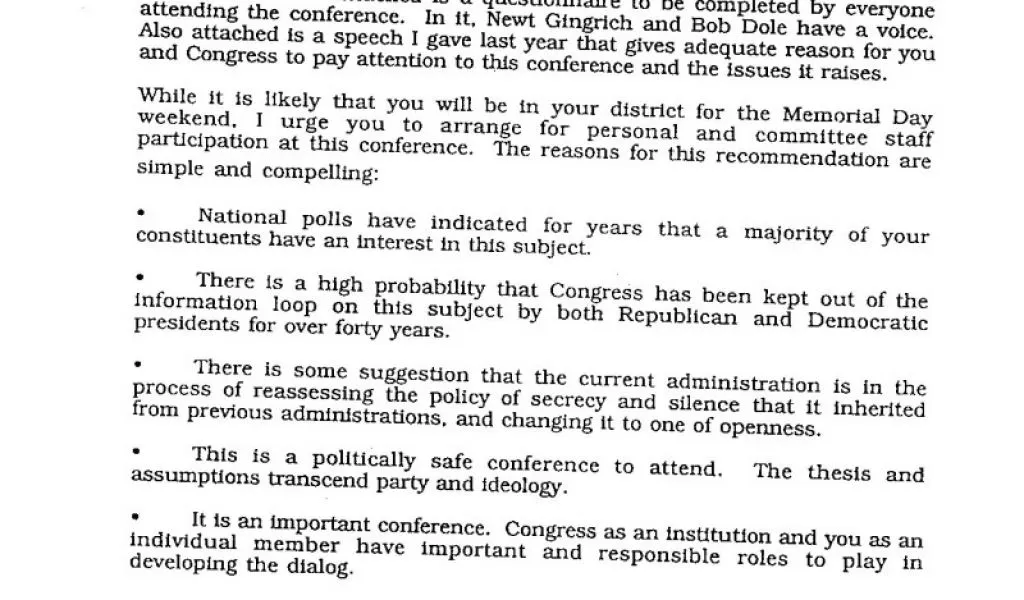
Sometimes, you might encounter technical issues. If you are having trouble attaching your cover letter, make sure your file size is within the email provider’s limits. Check to ensure your internet connection is stable and that your email software is updated. If the issue persists, try using a different web browser or email client. If you cannot send your application via email, you can always try contacting the hiring manager by phone to ask about alternative ways to submit your application. Be patient and persistent, and always maintain a professional demeanor.
Conclusion
Attaching a cover letter to your email is a critical step in job applications, setting the stage for a successful job search. By following the guidelines and tips provided in this article, you can optimize your application, increasing your chances of making a great first impression and ultimately securing an interview. From formatting your cover letter professionally to choosing the right file format and writing a compelling email, every detail counts. Remember to always proofread your work carefully and to tailor your application to each job. Take the time to ensure all these key elements are in place, and you’ll be well on your way to landing your dream job.
